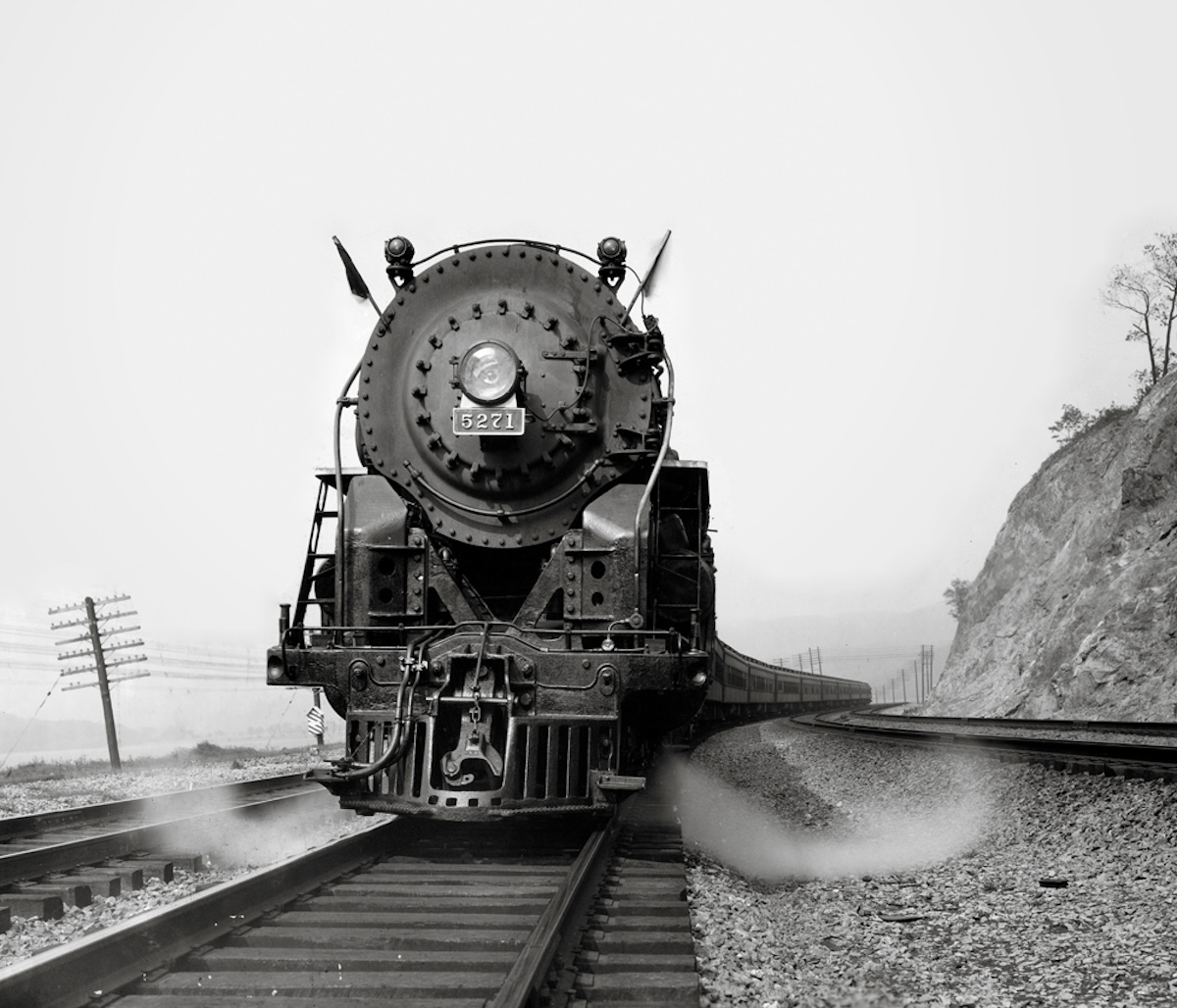
Railroading — and its echoes — remain all around us, deeply embedded in language, culture, technology, and attitudes. It is less visible today than even 50 years ago, but it is there if you take a look. Or listen, because trains have been a major part of the American cultural soundtrack. There is music about trains. There is music mentioning trains. And then there is music which is technically neither, but the trains are there nevertheless.
Launching a thousand tunes
I’d be hard-pressed to describe a category formally understood as “Railroad Music” or “Train Music,” any more than there is a neat definition for “Love Music.” If that were the case, you could lump together the Liebestod aria from Richard Wagner’s 1865 tragic opera Tristan und Isolde and Stop! In the Name of Love by Diana Ross and the Supremes a century later. They both may be music about passion and heartache, but they could not be more different.
Trains show up in music all over the place, and have for the last 200 years. Railroading and its rhythms inform many musical genres, sometimes explicitly, but often merely because the percussive 4/4 beat of well-set steam locomotive valve action happens to correspond to a basic musical time signature. By one count, nearly 1,000 train-related tunes have been sent forth into the musical landscape, to perish in obscurity or rise to the level of annoying cliché. Is everyone weary of Chattanooga Choo Choo yet?
The earliest I am aware of were The Carrollton March and The Rail Road March, composed in 1828 to celebrate the beginning of the B&O. And therein lies the rub. Both trains and music are so interwoven with American life that I cannot even begin to describe all the ways in a mere two pages. Trains offer a virtual buffet of tropes, paradigms, metaphors, settings, and evocations. As one example, like sea shanties and roots music murder ballads (think of Hang down your head, Tom Dooley), railroading works well as a setting for story songs. The Ballad of Casey Jones is a classic story song. Katie Letcher Lyle does a fine job of exploring train wreck ballads in her book Scalded to Death by the Steam.
Blues, ragtime, folk, bluegrass, and jazz music consciously evoke all sorts of railroad sounds. Scott Joplin’s 1896 piano piece Great Crush Collision March paints a portrait of an intentional locomotive collision staged as a publicity stunt. The 1922 jazz piece Farewell Blues — especially as later interpreted by pianist Bob Milne — is likely to have anyone with a pulse rocking to its rolling and feeling like they at least ought to think about leaving. The Last Steam Engine Train by guitarist John Fahey is a gentle evocation of a 4-6-0 with a short train on a pleasant afternoon — at least to me.
Railroad influences are embedded more deeply than we realize in 20th century American music. They aren’t hard to detect if you are open to the possibilities. Larry Tye, prolific journalist and author of the 2005 book Rising from the Rails: Pullman Porters and the Making of the Black Middle Class, makes that clear in his recent book The Jazzmen: How Duke Ellington, Louis Armstrong, and Count Basie Transformed America.
Tye quotes these giants of jazz on how their music was often shaped by the sounds they heard, and the rhythms they felt, throughout years of traveling by train. They didn’t need to write “train music” per se. Railroading’s essence wove throughout their work and required no further explanation to early and mid-20th century audiences.
Shaping a sound
Then there is George Gershwin, who likewise recalled how the miles he spent on trains offered a kind of sonic wallpaper that colored many of his compositions. In a 1931 interview, he described how the seeds of his 1924 jazz concerto Rhapsody in Blue came to him on a train between New York and Boston: “It was on the train, with its steely rhythms, its rattle-ty bang, that is so often so stimulating to a composer…”
That shouldn’t be surprising. Many — perhaps, most — composers and musicians perceive and process sounds differently from the rest of us. I think it works the other way, too. Anyone who has spent serious time on the railroad can hear when a steam locomotive is out of square, has worn brasses, or when a diesel might have a lame cylinder or a flat spot. We become attuned to the sounds of things that engage us. Listen to Gershwin’s Rhapsody and hear the New Haven (or the New York Central, or the Pennsylvania). They are present.
Trains are not only common in jazz, country, or dance music. George Winston’s piano instrumental Corrina, Corrina from his 1991 album Summer is his version of a traditional piece. But try to last more than half a minute before you start to gently sway side to side, as you would in a coach moving down a stretch of jointed rail at about 30 mph. It isn’t identified as a train song. But its mild stride piano form and rock-solid 4/4 time recall a hundred years of jazz, blues, and folk influences, all shaped by a kind of railroad osmosis. An almighty metaphor You might not expect railroading to feature in church music, except when you hear it in Black and White gospel music alike. Life’s Railway to Heaven may be the best known, but the idea that a railroad can transport you is a powerful metaphor for faith. It shows up in spirituals, ballads, work songs, laments, and suggests how deeply the idea of freedom to go away might be cherished, or longed for.
Sometimes, I hear things that may not have any conscious railroad origin, but that powerfully evoke a familiar response. Creedence Clearwater Revival was a roots-rock band with a brief, but consequential, career in the late 1960s. The first cut on their 1970 album Cosmo’s Factory was a rocking, bluesy number titled Ramble Tamble. After a bright intro, it included a four-minute slow instrumental breakdown of gradually increasing tempo, then concluded with a brisk, almost rollicking, ending.
I cannot hear CCR’s Ramble Tamble without being transported back to trains I was on clawing up the Allegheny Front. To me, the song is a musical incarnation of a steam train working its way up a heavy grade, then cresting for a downhill run. Not effortlessly, as they might do on the Union Pacific, but the traditional Appalachian way, fighting for every foot with as much tonnage tied behind as someone thought they could get away with. Was Ramble Tamble a train song? I doubt John Fogerty or the band consciously thought so, and it may not even matter. It became one for me.
Losing the rhythm
I suspect the days of new train songs have pretty much passed. It is difficult to imagine a soulful “Ballad of Precision Scheduled Railroading,” and there isn’t much rhythm in Tier 4 prime movers or welded rail. We will find other ways to memorialize the disasters like East Palestine or Lac-Megantic, and I dare even the most creative Nashville poet to come up with a stirring musical account of a brave autonomous rail vehicle. Someday, if we are fortunate, a brilliant musicologist who is also a railroad enthusiast and a decent cultural historian (a triple threat if ever there was one) will take on that task and write the books that need to be written. The dots are all there in plain sight. They just need to be connected. We have enough interesting railroad music to keep us engaged until the railroad itself is a mere memory — the ultimate “train done been here and gone” lament. Keep an ear open for what might sound (or feel) like a railroad rhythm or an offhand reference. There is a good chance it wasn’t entirely accidental.
More from historian John Hankey
Read more from noted rail historian John P. Hankey in this article.






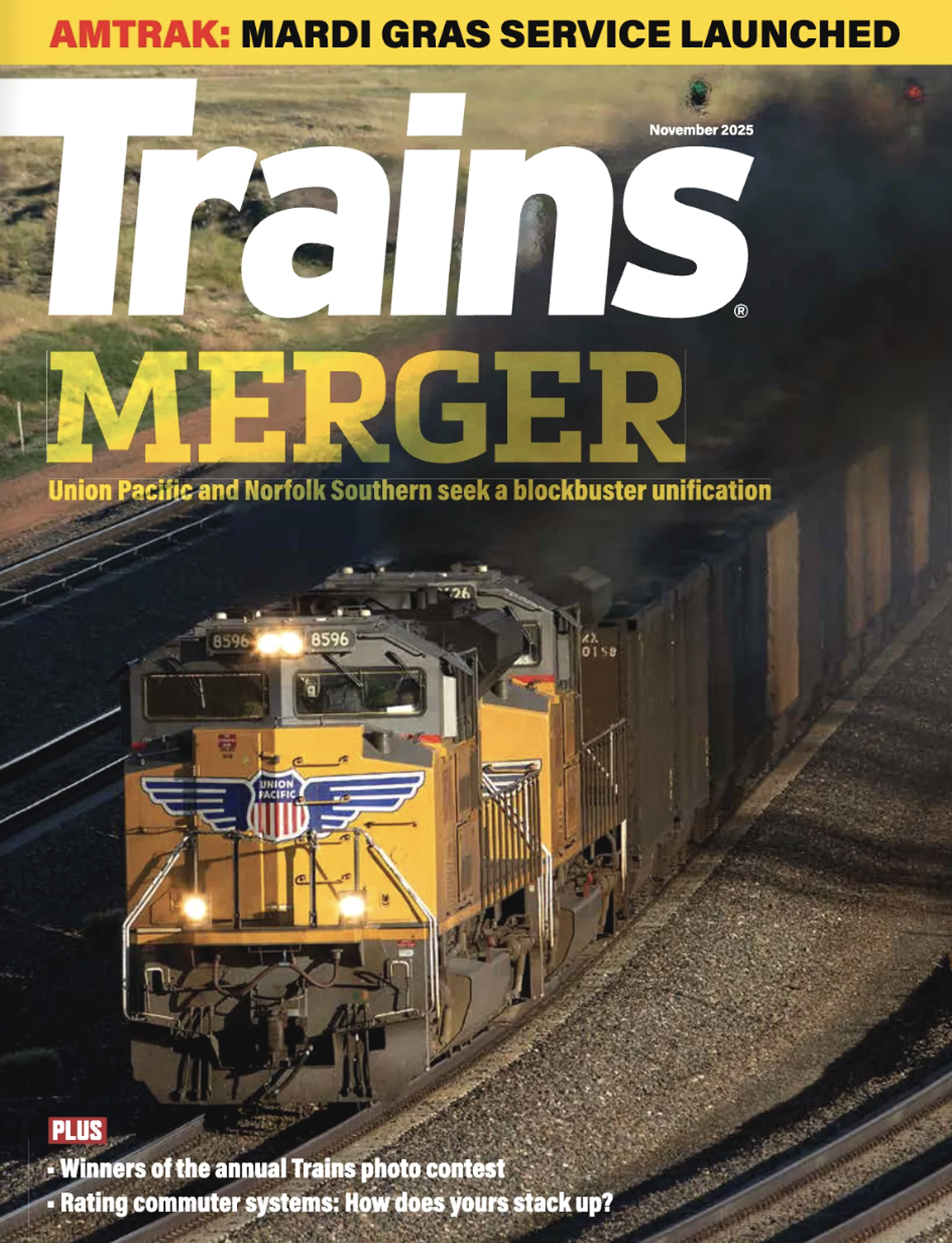
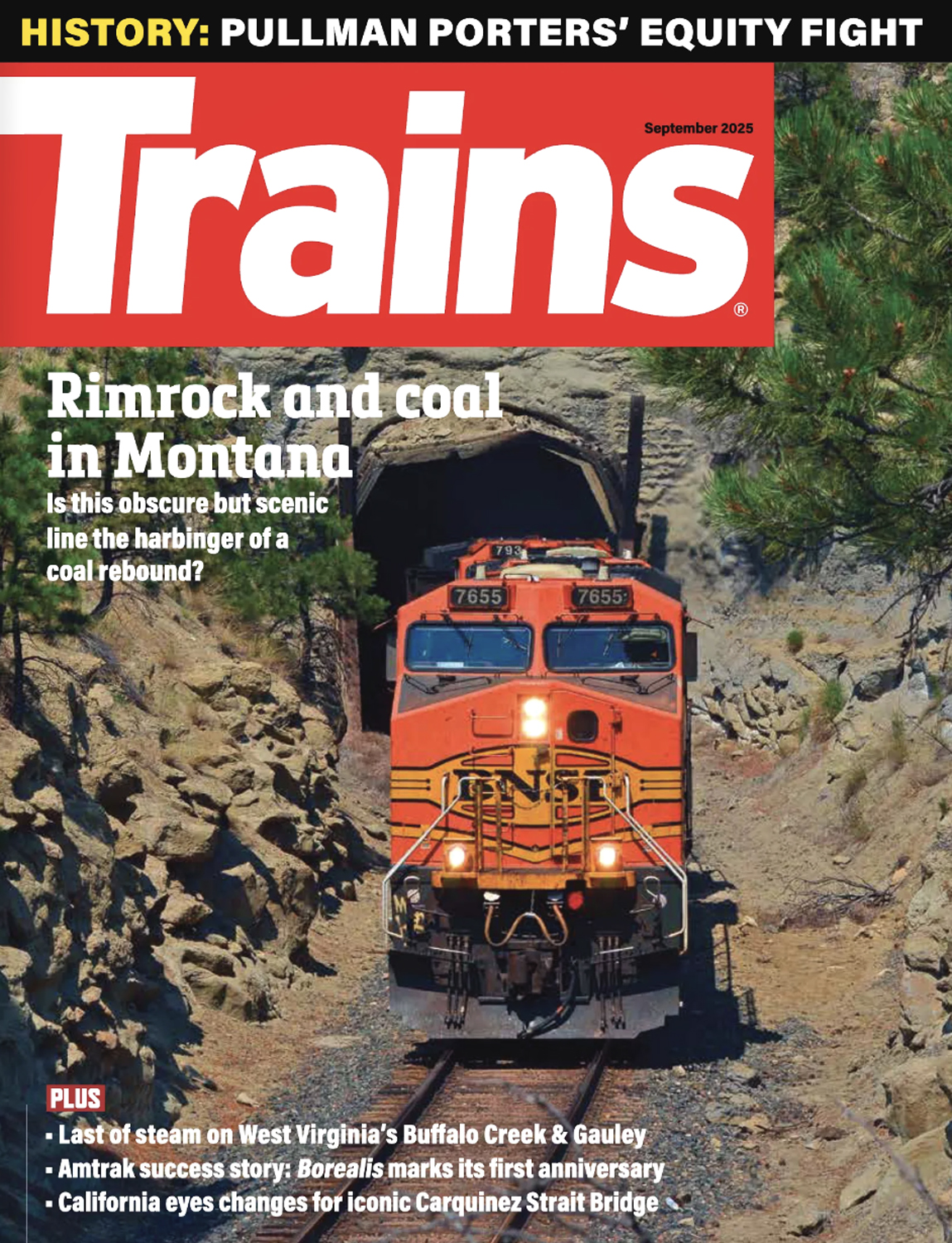
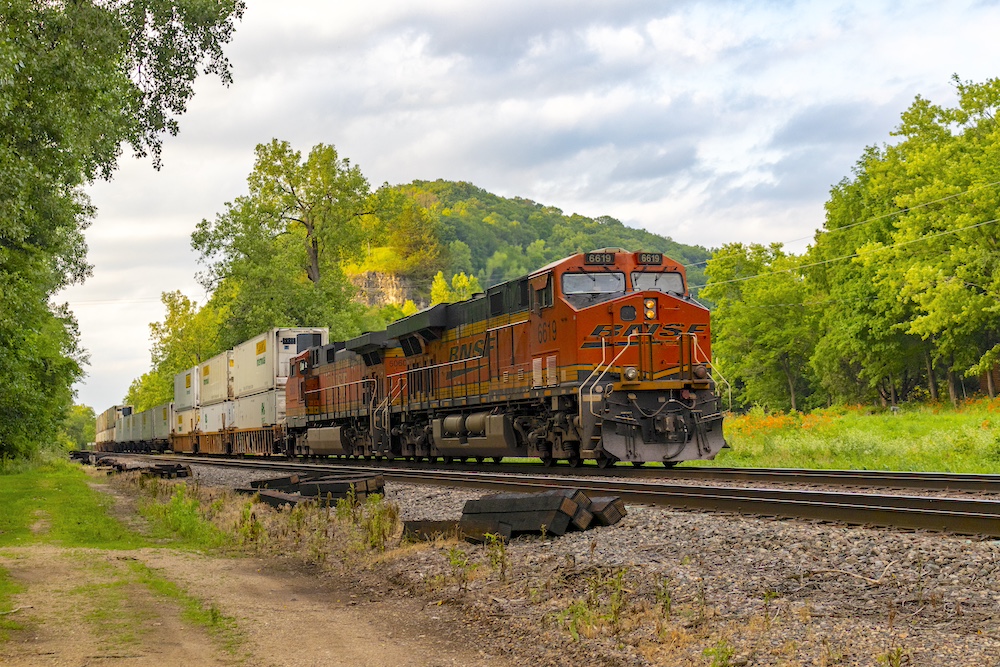
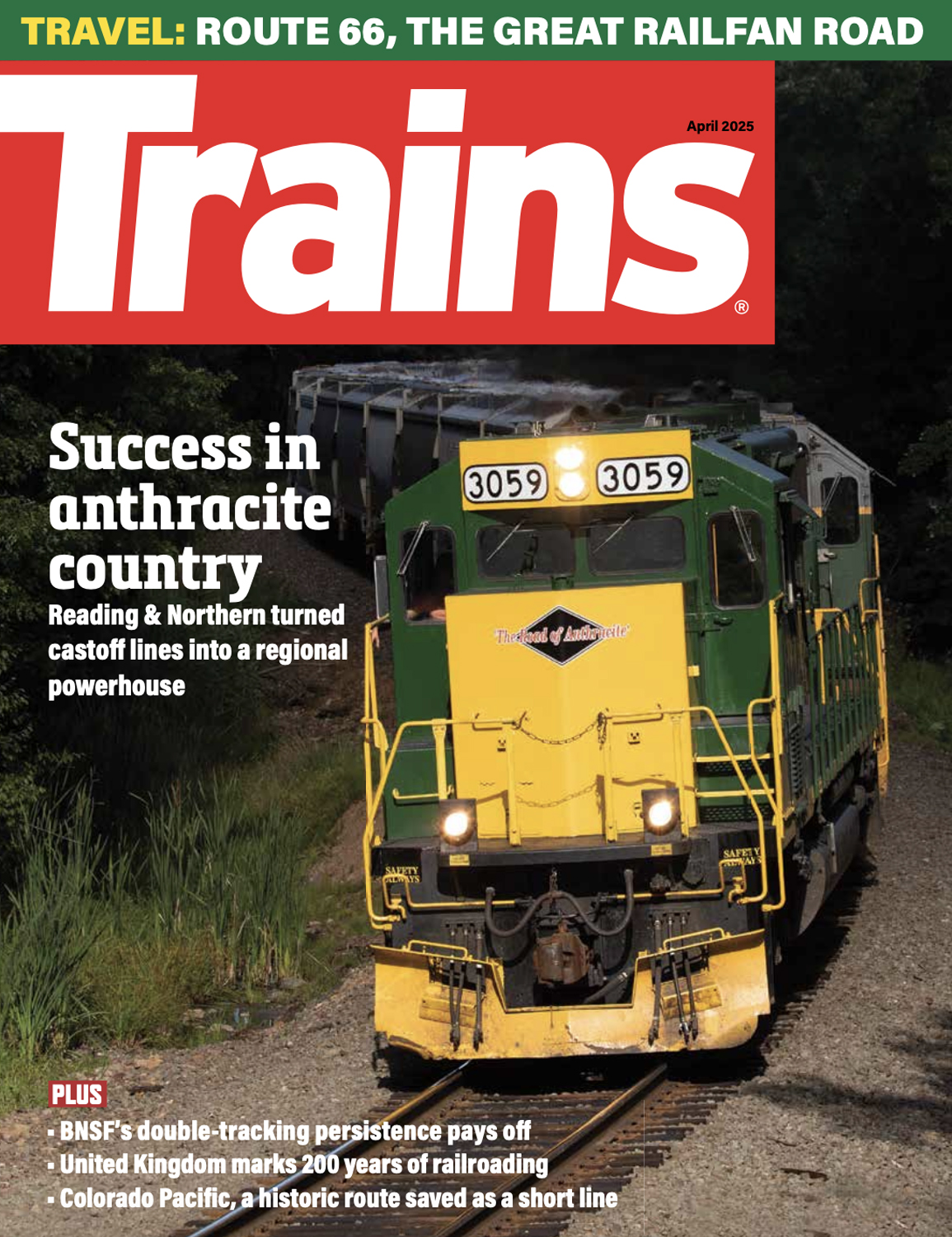
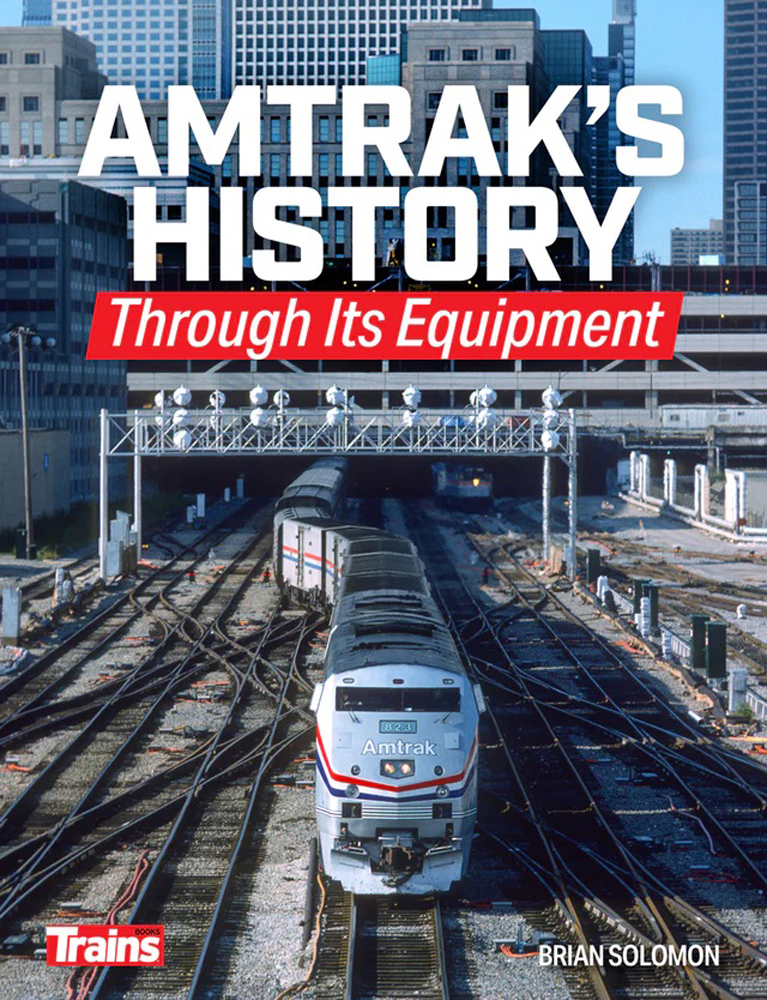
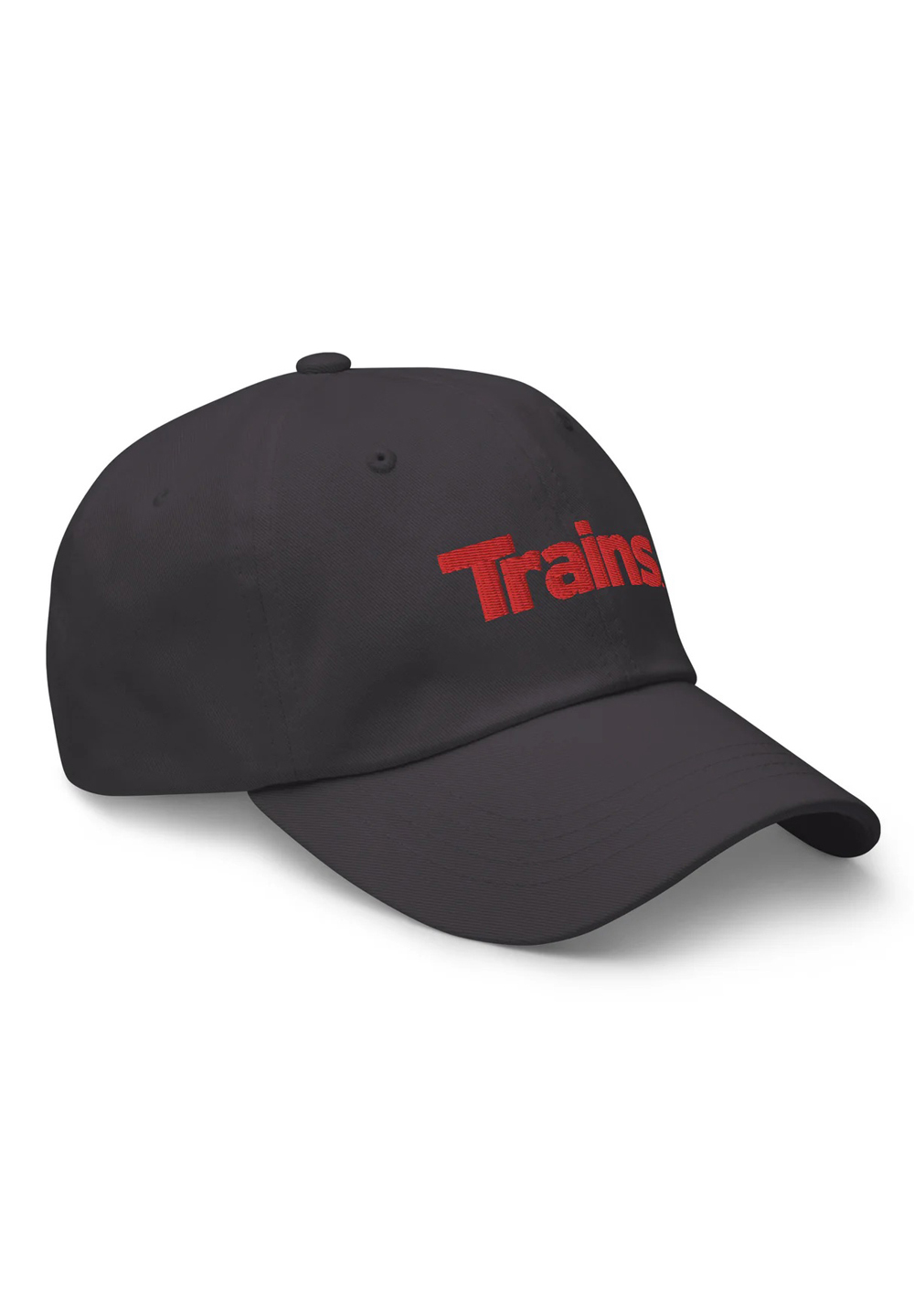
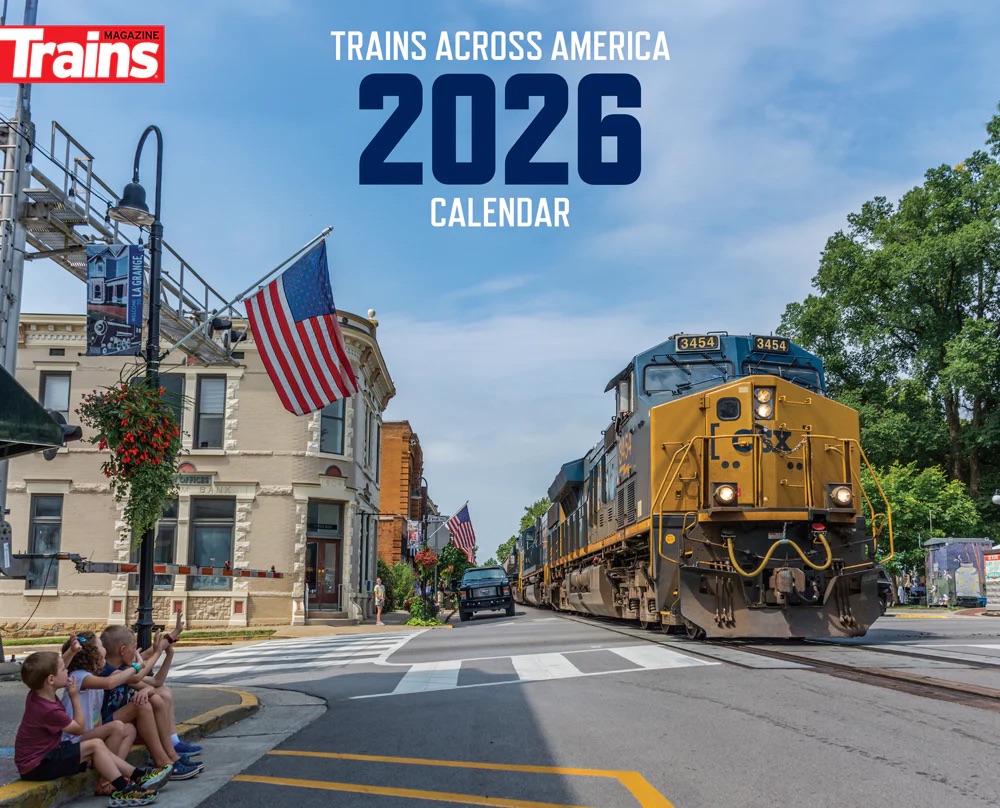
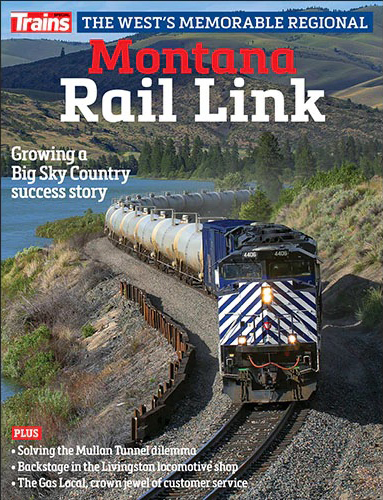
I recognize your article is about rythm and musical structure but the previous comment reminds me of “Folsom Prison Blues” and your article made me recall my two favourite train songs: Steve Goodman’s “City of New Orleans” and Gordon Lightfoot’s “Canadian Railroad Trilogy”.
Note also that the unforgettable country music legend Johnny Cash has many unforgettable works that evoke the rapturous rhythmic sounds of train travel, most notably the unforgettable “I Walk The Line” and “Hey Porter.”
Dr. Güntürk Üstün